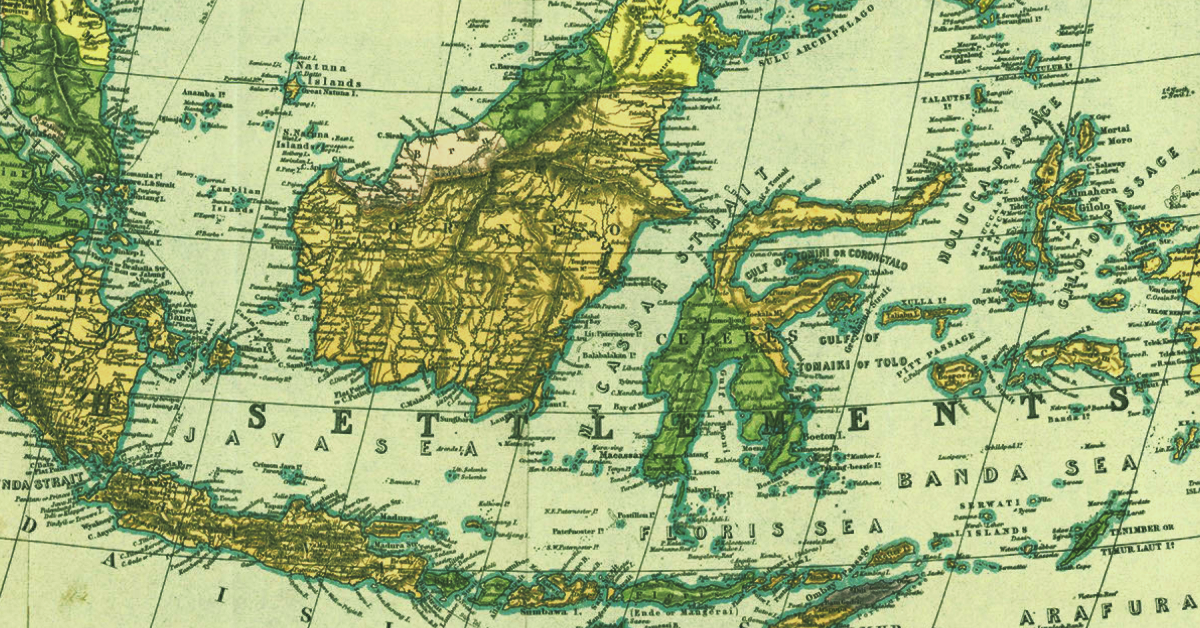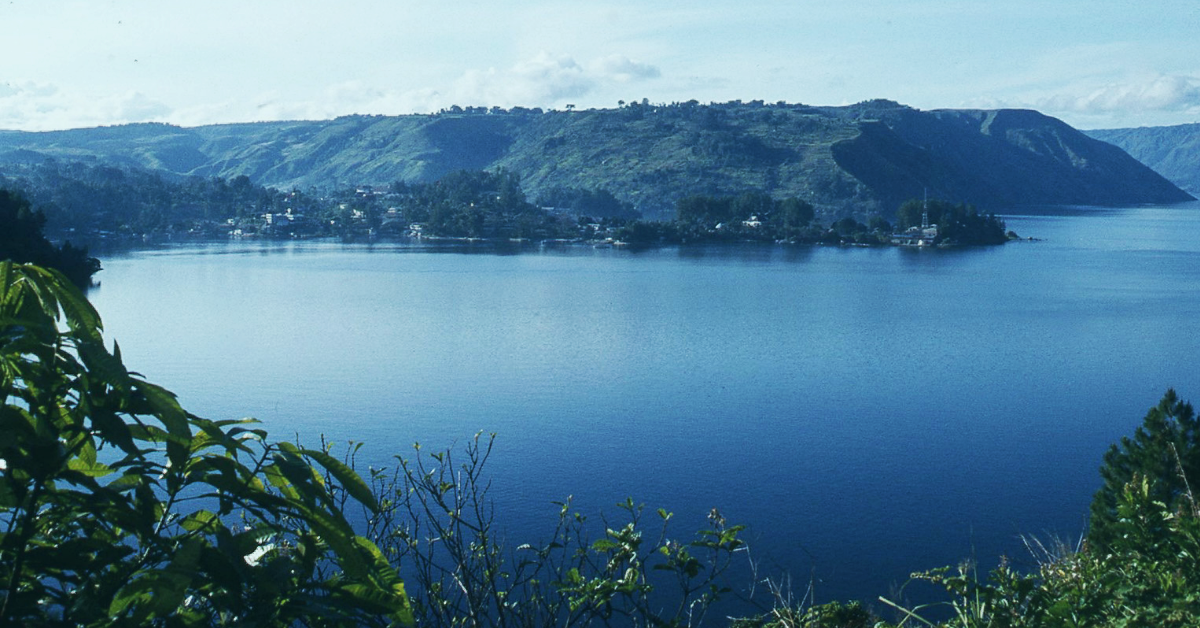Christina L. Truong & Victoria Chen
Paper presented at the 34th Annual Meeting of the Southeast Asian Linguistics Society, 11 June 2025
While Austronesian is widely considered a hotspot for antipassive constructions, closer investigation challenges this view. Various western Austronesian languages known as the Philippine-type have been claimed to exhibit a voice system that denotes the alternation of the basic transitive with a corresponding antipassive. However, our survey of 53 representative languages spanning Taiwan and Maritime Southeast Asia reveals instead that genuine antipassives are rarely attested in western Austronesian languages when existing criteria established in the typological literature are strictly applied to the alleged antipassive construction—commonly referred to in the literature as Actor Voice. We further demonstrate how these putative antipassives form a continuum of semi-transitive constructions, characterized by a general decrease in semantic transitivity while often still featuring a patient that retains various traits of a core argument. This continuum not only enhances our understanding of how antipassive-like constructions may develop over time, but it also suggests that syntactic intransitivity is not necessarily the endpoint of discourse-driven changes that reduce clausal transitivity. Moreover, it undermines the prevalent ergative view of western Austronesian languages and lends new support to accusative and symmetrical voice analyses, both of which maintain that the typologically peculiar Austronesian system of voice alternations does not alter clausal transitivity. Austronesian pseudo-antipassives thus underscore the importance of approaching typological classifications with caution and situating language-specific analyses within the broader typological literature.



